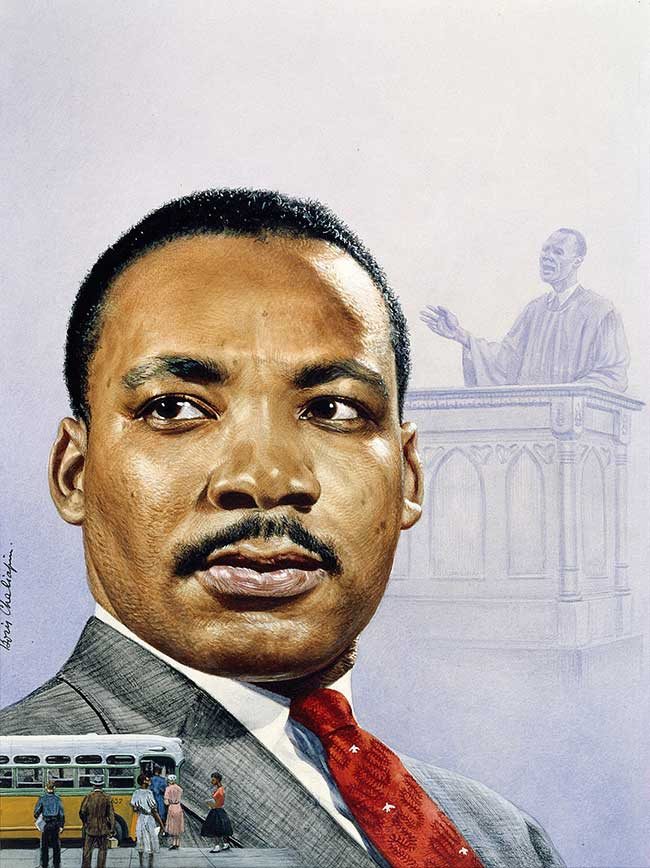To Sir, With Love was a film released in 1967. The film stars Sidney Poitier as Mark Thackeray, an engineer who takes a teaching job in an East London school. Thackeray faces many challenges as he tries to connect with his students.
These students all come from diverse backgrounds and struggle with various personal issues. He uses unconventional teaching methods and shows many life lessons to the students. After using his new methods, he earns the respect of his students. By doing so it allows him to transform their lives in the process.
The film explores many themes including race, class, and education delivering a heartwarming and inspirational story. The theme of race stood out to me the most in the film. The film addressed issues related to race and prejudice.
Mark Thackeray is an African American man who becomes a teacher. His presence challenged the students and his colleague's expectations of what to expect from him because it was not common at the time to have a teacher of color. Thackeray's race leads to initial skepticism and resistance from some students who hold prejudiced views. He transcends racial boundaries through his dedication to teaching and his genuine concern for his students.
Mark Thackeray's ability to break down racial barriers and earn the respect of his students emphasizes humanity and the potential for positive change through understanding and empathy. "To Sir, with Love" addresses the challenges and complexities surrounding race relations in the 1960s. This offers a hopeful narrative that suggests genuine human connections and shows that shared experiences can bridge racial divides and promote harmony in a diverse society.
Overall, this film showed just how being prejudiced can negatively affect you. After watching the film, it should be clear that having an open mind can help you in many ways. It is important to remember that just because you might not look the same as someone that should not affect how you think of them.











